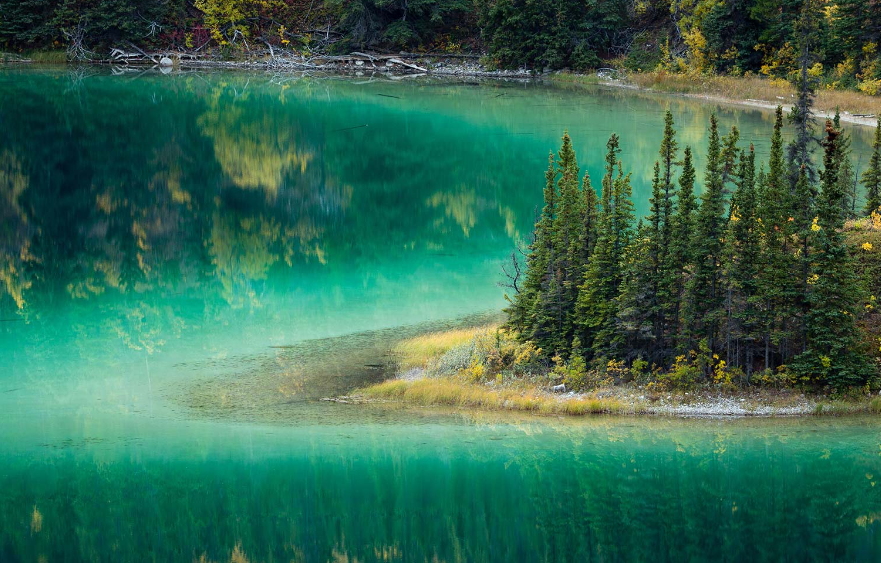
(The Condoa petroglyphs site)
Kondoa is located on the eastern edge of the Great Rift Valley of East Africa in Dodoma province, central Tanzania. Due to the vertical rock walls and caves formed by the crustal movement, Kondoa has become a carrier for the people who once lived there to record and display their lives and beliefs in the form of rock paintings for two thousand years.
(Gombe River National Park)
Gombe National Park, Tanzania's smallest national park, is a long, narrow strip of land where chimpanzees are often seen standing on steep slopes and in low-lying river valleys surrounded by the north shore of Lake Tanganyika. The most common other mammals in Gombe are primates. They have been studied since the 1960s, and the olive baboons are the most common, often hanging out in large groups on the seashore, while the red-tailed and colobus monkeys have long used the forest as a natural canopy, and the colobus monkeys are often hunted by chimpanzees.
(National Museum of Tanzania)
As early as the 15th century, the Chinese navigator Zheng He sailed to the East African coast. Now in the National Museum of Tanzania hangs a picture of Zheng He's great ship, and many Chinese ceramics are displayed in the museum. It was taken by Zheng He to the Western seas in that year.Although these porcelain and other items have been washed for 5 or 6 centuries, they still reveal the origin of this land and China.
(Udzonwa Mountain National Park)
The virgin forest of Udzonwa is full of life and charm. Dappled sunlight filters through the verdant woodland, surrounded by 30-metre (100-foot) tall trees, their roots covered with fungi, lichens, moss and ferns.
(Serengeti National Park)
Located in the west of the Great Rift Valley, 130 km west-northwest of Arusha, a narrow strip extends west into Lake Victoria for 8 km and north to the Kenyan border.
It became a protected area after 1940; In 1929, 228,600 hectares of the central Serengeti was designated a game reserve; It was established as a national park in 1951. It was expanded in 1959.
The Serengeti-Ngorongoro Biological Reserve (together with the adjoining Masuwa Game Reserve) was internationally recognized as part of UNESCO's People and Ecology Programme and was inscribed on the World Heritage List in the same year.
(Ngorongoro Nature Reserve)
Ngorongoro Nature Reserve is a world natural and cultural Heritage site, known as "Africa's Eden" and "the eighth natural wonder of the world".
Ngorongoro Crater is the second largest crater in the world, is the largest concentration of wildlife in Africa, living in the crater of about 30,000 () animals, including more than 50 large mammals, including lions, elephants, rhinos, hippos, giraffes, monkeys, baboons, warthogs, hyenas and various antelopes, etc.
There are also more than 200 species of birds such as ostriches, mallards and guinea fowl, which are a microcosm of the entire East African wildlife world.
In the Ngorongoro reserve, a snoozing pride of lions can be seen, their iguanas fluttering in the wind as if they were within reach. 2.5 million years ago, a collapse caused by a massive volcanic eruption created the Ngorongoro Crater. With a diameter of about 18 kilometers and a depth of more than 600 meters, the crater is shaped like a large basin - with a wide floor and steep walls.
It is the largest intact crater found in the world. The eruption raised a series of high mountains to the south of the reserve, shielding it from southerly winds and water vapor, creating forests on the crater and savannas at the base. Thanks to the abundant groundwater resources, fresh grass continues to grow even in the dry season. So we can see forests, grasslands, swamps, lakes, and rivers all at the same time in this limited area.
The changing climate provides a growing environment for plants, which in turn provide a unique habitat and food for different wildlife, so that they can not worry about food. For this reason, Ngorongoro Crater is known as a paradise for animals and plants.
Although Ngorongoro area is located on the equator, but because of the high terrain, the terrain is complex, there is no four seasons in the protection area, only obvious dry, rain two seasons alternate.
After the rainy season from December to April and May of the following year, the grass inside the crater is green, and on this fertile volcanic soil, morning glory, lupines, daisies and rare blue alfalfa flowers are in full bloom. When the dry season arrives from May to November, the crater gradually turns from green to yellow, then to fawn, then to dark brown, and animals begin to gather around the Mongai Swamp.
The mountains of acacia bushes are the signature view here. Down the rim of the crater, through the lush rainforest and thick vegetation, you can see the whole green plain under the crater full of beautiful flowers.

